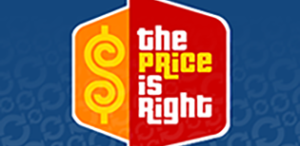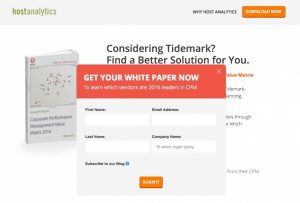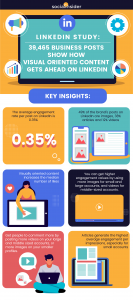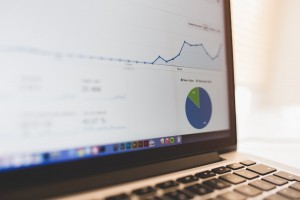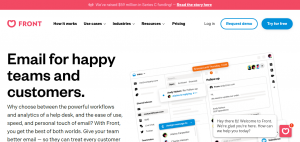
“Come on down!” It’s time to play a game of the price is right. Only, unlike the game show, getting your pricing right should not include guessing,especially in subscription revenue models. The right approach to pricing is critical to your success. And yet, many times pricing is left to archaic methods that no longer drive customer revenue growth and retention. The answer to getting it right is in your customer segmentation demographics, and when you get that right, you can see significant impact to the bottom line.
Historically, product or sales managers have turned to segmentation on demographics or firmographics to develop targeted pricing plans for different groups of customers. However, our benchmarking shows that demographic and firmographic segmentations consistently underperform compared to behavioral segmentation in yielding maximum revenue growth.
How much opportunity exists to increase revenue from customer segmentation?
This graphic analyzes the efficiency of pricing for an online market research service where tiered pricing is based on user roles, for which one specific role is defined to be $ 100/user/month. The service has 20,000 users, generating $ 2,000,000 of revenue per month. As with every service, users have different behavioral patterns that can be stratified. A typical stratification can segment users into Power Users (top 15%), Standard Users (middle 70%) and Light Users (bottom 15%).

After using behavioral data to segment the users, each group was baselined on the average amount of reports consumed per month (i.e., basis of value)and the average price per report (i.e., unit price of value). In the review of this particular customer, the average Power User consumes six times more value than the average Standard User. The average Light User consumes four times less value compared to the average Standard User. The unit price of value uncovers pricing disparities with the Power User at $ 0.34 per report, which is six times less than the Standard User’s price of $ 2.08 per report and 24 times less than the Light User’s price of $ 8.33 per report.
Tiered pricing increases revenue yield from users getting the highest value and can be derived from the baseline data. With the understanding of the Standard User’s price of $ 2.08 per report, deriving a Power User price can be done with a more streamlined approach. In this example, a “volume discount” of 50% is applied for Power Users, which means their average price per report should be $ 1.04, and the monthly Power User price would be $ 300 (rounded down from $ 307). A Light User price could also be offered if the plan also includes increasing users. In this case, the Light User price would be modeled at $ 25/user/month. The metering points for Light, Standard, and Power Users are derived by the minimum and maximum usage profiles in each of the behavioral segments.
The role-based pricing generates $ 2,000,000 of revenue per month, whereas derived tiered pricing generates $ 2,375,000 – a 19% boost on revenue per month. Additionally, if the Light User price increased the user base by bringing in new users, the revenue boost would be even greater.
Of course, there are additional factors to consider and manage – such as conversion rates and stratification parameters – but even when accounting for these factors, pricing based on behavioral segmentation outperforms pricing based on demographic and firmographic segmentation—every time.
The Implication
Unless your pricing model was defined using analysis of the behavior of your customer base, your pricing is likely underperforming and impacting your ability to maximize customer lifetime value. Evaluating your opportunity to improve pricing efficiency is done through behavioral customer segmentation and understanding price per unit of value. When you have large disparities between what users are paying per unit of value (i.e., per report), you have an opportunity to modify licensing to improve yield and increase revenue.
With a pricing model based on customer behavior, you can expand customer lifetime value by driving adoption. Learn more on how to drive adoption in the Adoption Game Plan eBook.
Business & Finance Articles on Business 2 Community(44)
